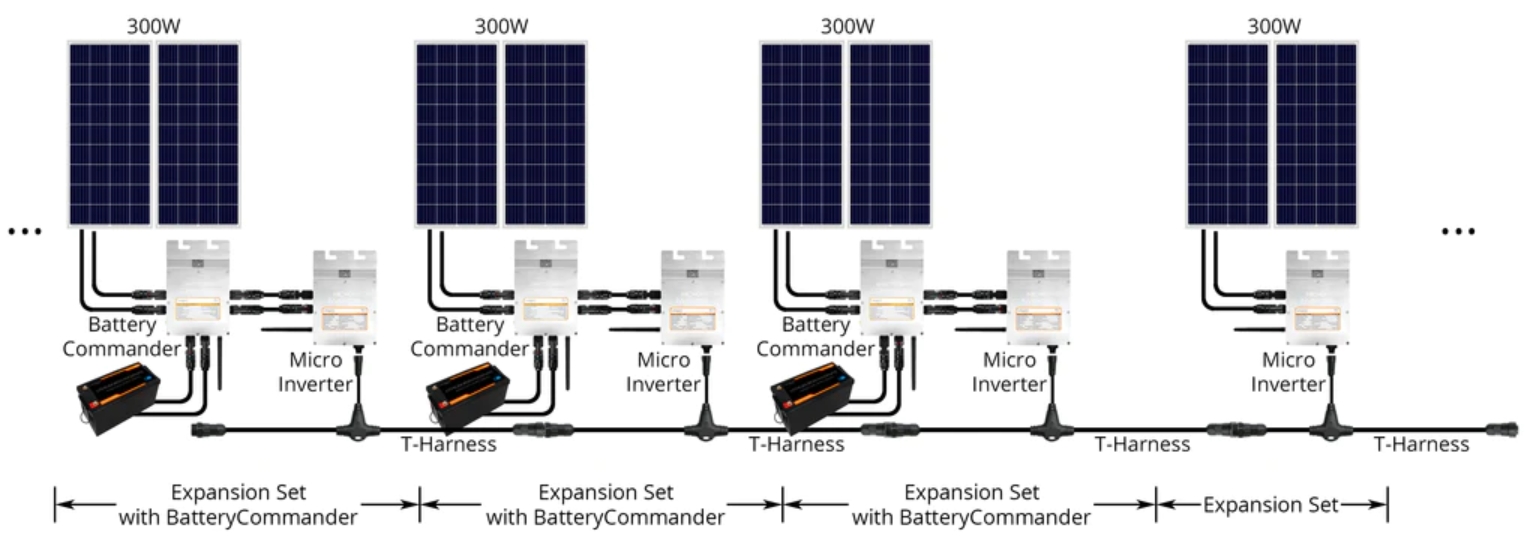
Conducting a cost-benefit analysis of micro inverter solar installations for residential use involves evaluating both the upfront costs and long-term financial benefits, along with other non-monetary advantages. Here’s a structured approach to understanding this analysis:
Initial Investment Costs
- Micro Inverter solar: Generally more expensive than traditional string inverters. Each solar panel requires its own micro inverter solar.
- Installation Costs: Might be slightly higher due to the complexity of installing multiple micro inverter solar.
- Solar Panels: Cost of the panels themselves, which is independent of the choice between micro inverters and string inverters.
Operational and Maintenance Costs
- Maintenance Expenses: Typically lower for micro inverter solar systems, as diagnosing and replacing a single faulty inverter is simpler.
- Durability: Micro inverter solar often have longer lifespans than string inverters, which can reduce long-term replacement costs.
Energy Production and Efficiency
- Energy Output: Micro inverter solar increase the efficiency of each solar panel, which can lead to higher overall energy production, especially in suboptimal conditions (like shading or roof orientation).
- Electricity Savings: Higher efficiency translates to more electricity generated, which can be used for self-consumption or sold back to the grid (depending on local policies), leading to direct savings or income.
Financial Incentives and Rebates
- Government Incentives: Many regions offer incentives for solar installation, which can offset a portion of the upfront costs.
- Feed-in Tariffs: If available, these can provide additional financial returns for excess energy fed back into the grid.
Non-Monetary Benefits
- Environmental Impact: Reduced carbon footprint and reliance on fossil fuels.
- Energy Independence: Increased self-sufficiency in energy generation.
- Real-Time Monitoring: Enhanced ability to monitor and manage energy production at the panel level.
Long-Term Benefits
- Return on Investment (ROI): Considering the longer lifespan and higher efficiency, the ROI can be significant over time, despite the higher initial costs.
- Property Value Increase: Solar installations can increase the value of a property.
Break-Even Point
Calculating the break-even point, where the savings and benefits over time equal the initial investment, is crucial. This typically takes several years and will vary based on energy production, local electricity prices, and initial installation costs.
Conclusion
While micro inverter solar systems have a higher upfront cost compared to traditional systems, their benefits in terms of efficiency, safety, and long-term savings can be substantial. Homeowners should consider their specific circumstances, such as roof conditions, local incentives, electricity prices, and personal environmental values, when conducting this analysis. Consulting with a solar energy expert can provide a more tailored understanding of the cost-benefit scenario for individual situations.
